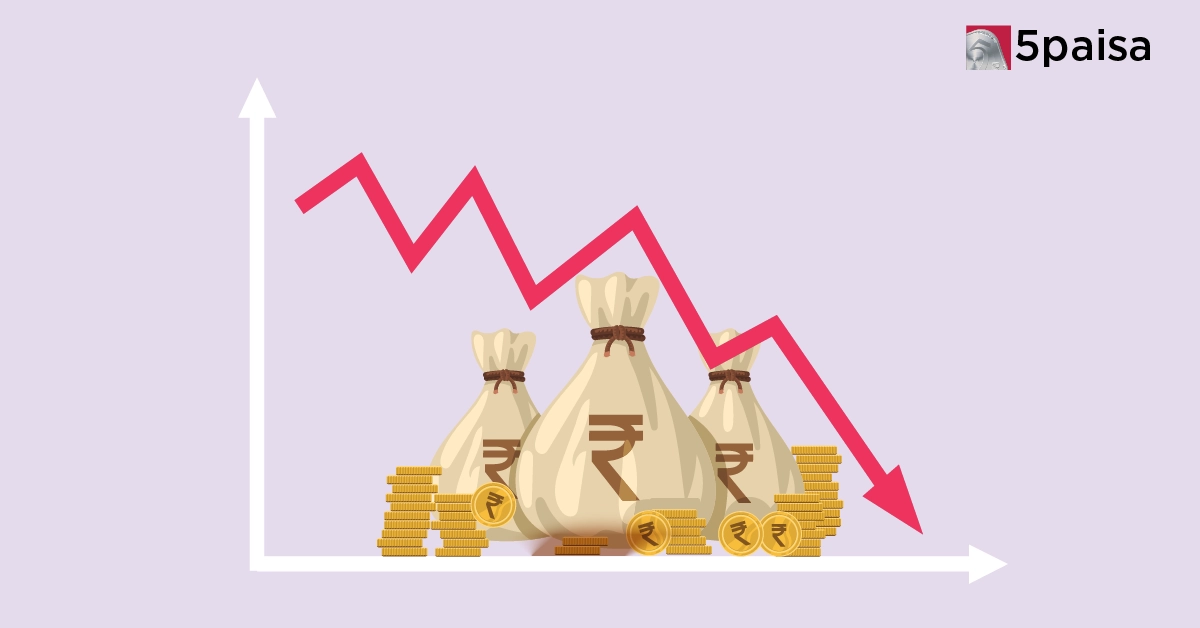What Is CPSE ETF and How It Tracks Public Sector Companies
Best Mutual Funds for SIP in 2026 – Top SIP Plans to Invest in India

Last Updated: 30th December 2025 - 05:01 pm
Investing Through SIP: Best Mutual Funds for 2026
Investing through mutual funds continues to remain one of the most preferred wealth-creation routes for Indian investors. With changing market cycles, rising global uncertainties, and a growing domestic economy, choosing the best mutual funds for SIP in 2026 has become even more important. A Systematic Investment Plan (SIP) allows investors to stay disciplined, reduce timing risk, and build long-term wealth through consistent investing. Whether you are a first-time investor or someone looking to optimise your portfolio, picking the right SIP funds can significantly improve financial outcomes.
Why Invest in Mutual Funds Through SIP in 2026?
A SIP enables investors to invest a fixed sum at regular intervals—monthly or quarterly—into mutual fund schemes. This structure not only creates investment discipline but also helps navigate market volatility effectively, especially in a dynamic year like 2026, when Indian markets are expected to witness sector rotations, earnings-led rallies, and periodic corrections.
Key Advantages of SIP Investing in 2026:
- Rupee-Cost Averaging: SIPs automatically buy more units when markets fall and fewer units when markets rise, resulting in an averaged-out cost over time.
- Power of Compounding: The longer you stay invested, the more exponential your wealth growth becomes. SIPs magnify this benefit through periodic accumulation.
- Low Entry Barrier: Investors can start a SIP with as little as ₹100 per month, making it accessible for students, young professionals, and new earners.
- Diversification: Mutual funds invest across sectors, market caps, themes, and asset classes, reducing concentration risk.
- Professional Management: Experienced fund managers handle research, portfolio selection, asset allocation, and risk management.
Best Mutual Funds for SIP in 2026 (Category-Wise)
1. Large & Mid Cap Funds
These funds provide a balanced exposure to stability (large caps) and growth potential (mid caps).
- Motilal Oswal Large & MidCap Fund – Known for its focused, high-conviction portfolio and strong alpha generation.
- ICICI Prudential Large & Mid Cap Fund – Managed with a dynamic approach, blending growth and value opportunities.
- HDFC Large and Mid Cap Fund – Favours fundamentally strong companies with long-term compounding potential.
2. Flexi Cap Funds
Flexi cap funds are ideal for investors seeking diversified exposure across market caps with the flexibility to move between segments.
- HDFC Flexi Cap Fund – A consistent long-term performer known for high-quality stock selection.
- Quant Flexi Cap Fund – Tactical model-driven approach, strong returns in varied market environments.
- JM Flexi Cap Fund – Re-emerging performer with improving consistency and risk-adjusted returns.
3. Thematic / Consumption Funds
Consumption continues to be a long-term structural theme driven by rising disposable income and lifestyle upgrades.
- SBI Consumption Opportunities Fund – Broad-based exposure to consumer-facing companies and domestic growth stories.
- Nippon India Consumption Fund – Balanced blend of staples, discretionary and retail-driven sectors.
- Mirae Asset Great Consumer Fund – Strong research-backed approach to consumer brands and services.
How to Choose the Best SIP Fund in 2026
- Define Goals: Determine whether your target is wealth creation, retirement, children’s education, or tax-saving.
- Risk Profile: Equity SIPs suit long-term aggressive investors; hybrid and balanced funds suit moderate investors.
- Track Record: Analyse 3-year, 5-year, and 10-year performance consistency and downside protection.
- Fund Manager Expertise: Evaluate the fund manager’s tenure, style, and category performance.
- Expense Ratio: Lower Total Expense Ratio (TER) maximises returns over long horizons.
- AUM Size: Neither too large nor too small—mid-sized funds often provide agility and stability.
Benefits of Investing Through SIP
- Affordable Entry & Convenience
- Reduces Timing Risk via Rupee-Cost Averaging
- Tax Savings through ELSS SIPs (Section 80C)
- Long-Term Wealth Creation through Compounding
- Transparency and Regular Portfolio Disclosures
Key Tips for Successful SIP Investing
- Start Early: The earlier you begin, the more compounding works in your favour.
- Stay Consistent: Avoid stopping SIPs during market falls—those periods add the most units.
- Review Annually: Check performance vs. benchmark and category peers.
- Avoid Timing the Market: Staying invested is more important than predicting tops and bottoms.
- Take Expert Guidance: If unsure, consult a certified financial adviser.
Conclusion
The best mutual funds for SIP in 2026 offer strong diversification, long-term performance potential and resilience across market cycles. Funds such as HDFC Flexi Cap, Motilal Oswal Large & MidCap, and SBI Consumption Opportunities have demonstrated consistency and sound risk management. A disciplined SIP strategy—combined with patience and periodic review—can help investors achieve long-term financial independence, secure future goals, and navigate the evolving Indian market with confidence.
Frequently Asked Questions
Which SIP is best for a 1-year investment?
Can I withdraw my SIP investment anytime?
Should I invest a lump sum or through SIP?
What happens if I cancel an SIP?
Is it okay to start an SIP when markets are high?
Is SIP a good option for long-term investment?
What is the average return from SIP investments?
How long can we invest in SIP?
- ZERO Commission
- Curated Fund Lists
- 1,300+ Direct Funds
- Start SIP with Ease
Trending on 5paisa
03
 5paisa Capital Ltd
5paisa Capital Ltd
Mutual Funds and ETFs Related Articles
Disclaimer: Investment in securities market are subject to market risks, read all the related documents carefully before investing. For detailed disclaimer please Click here.




